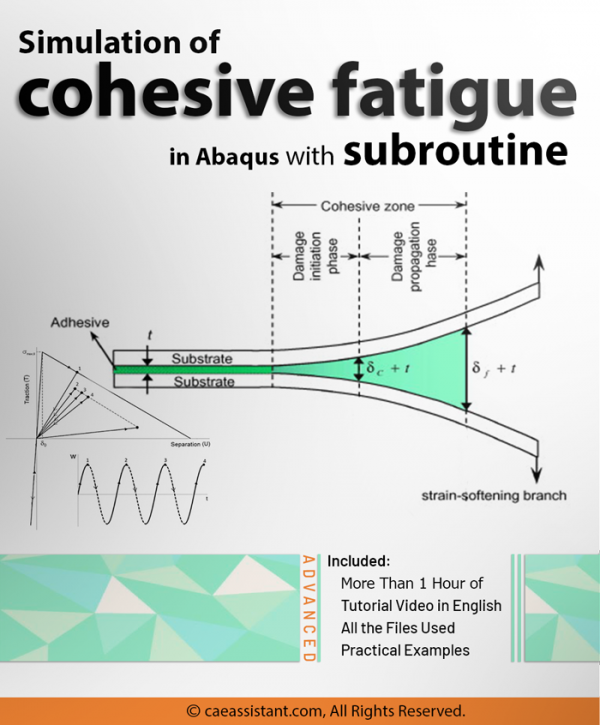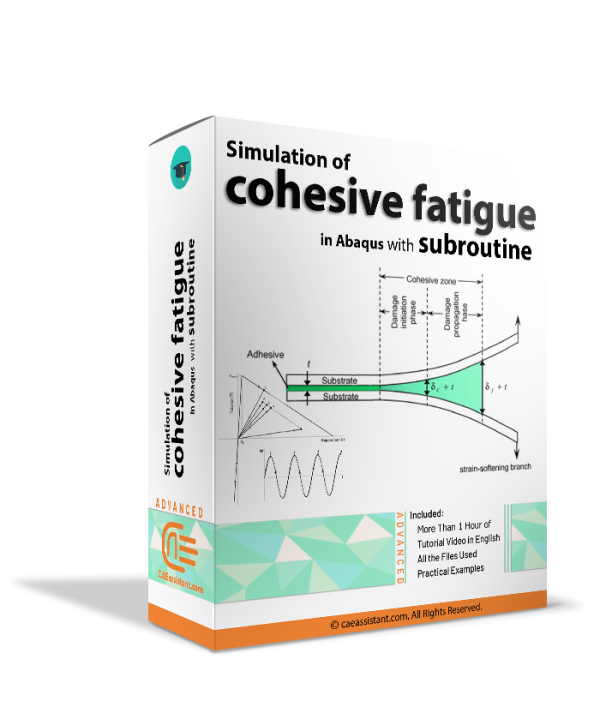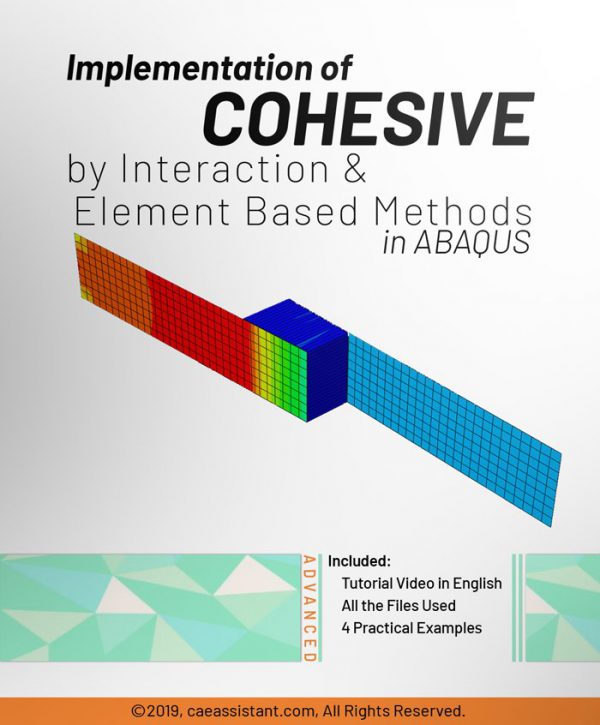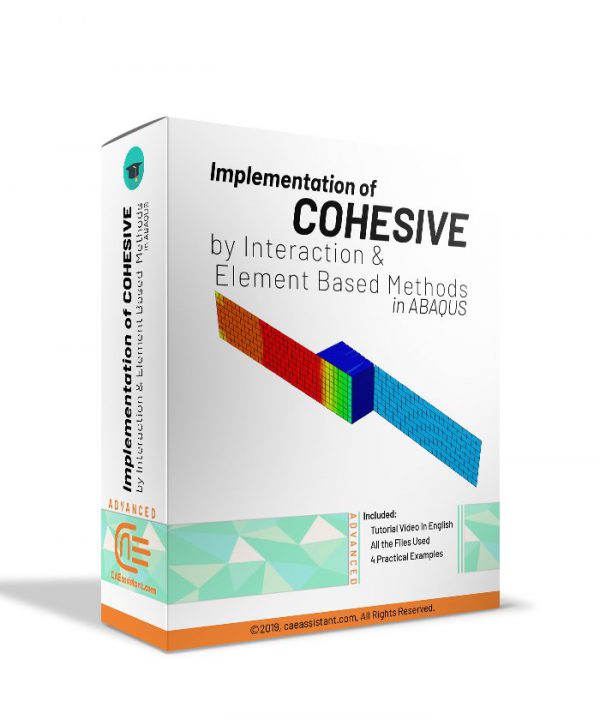Cohesive
MASTER COMPOSITE SIMULATION IN ABAQUS
In this comprehensive online course, you'll explore composite material modeling using Abaqus software. We’ll guide you through the process of creating precise finite element models for various composites, including unidirectional, woven, and chopped fiber configurations. You'll also learn to model different types of damage within these composites, including wood composites like balsa wood.
But the course goes further, equipping you to develop custom material models and damage functionalities using subroutines that build on Abaqus' built-in capabilities, such as 3D continuum, Hashin, and Puck models. Additionally, you'll delve into simulating curing and fatigue behavior in composites, applying these advanced techniques for more accurate analysis.
Simulation of cohesive fatigue in Abaqus with subroutine
Implementation of Cohesive by interaction & element based methods in ABAQUS
This package teaches you how to choose the method and apply cohesive modeling for various simple and complex problems. The training package also teaches you how to define the basic geometry of the adhesive elements and how to define the mechanical behavior in elastic and damaged regions in ABAQUS FEM software.




